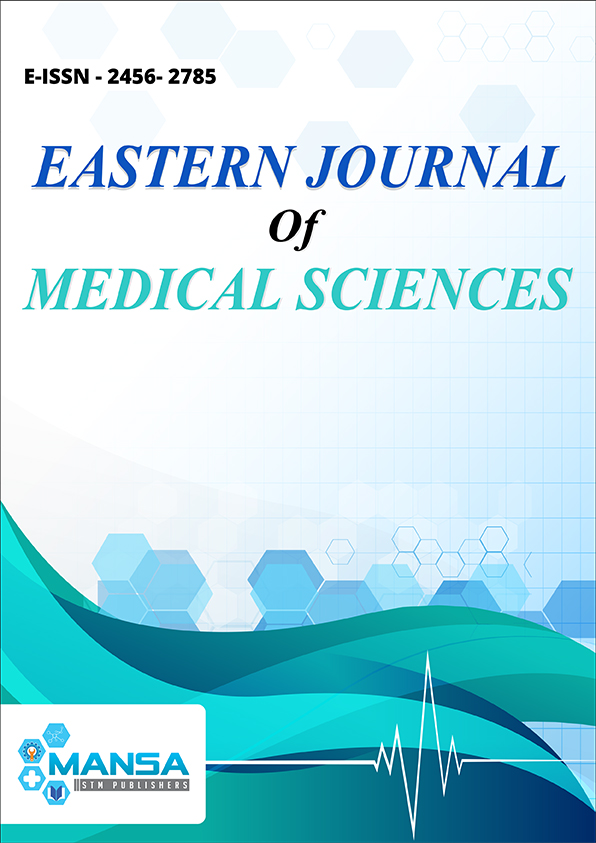The effects of Stanozolol and high protein diet on Colon Anastomosis
DOI:
https://doi.org/10.32677/EJMS.2019.v04.i02.007Keywords:
Colon anastomosis, Stanozolol, Hydroxyproline, anastomotic healingAbstract
Background: Anastomotic leakage after colonic resection and anastomosis are serious complications with high morbidity and mortality. Collagen synthesis is an essential feature of anastomotic healing. Objective: Our study aimed to investigate individual and combined effects of high protein diet and Stanozolol on the intestinal anastomosis in rats. Methods: Total of 48 Wistar-albino rats were divided into four groups. Group C: Control group; Group P: high protein diet (4mg/day) administered by gavage; Group A: group to which stanozolol was administered intramuscularly (i.m) (2mg/kg/day); Group A+P: group to which both stanozolol (2mg/kg/day) i.m and high protein diet (4mg/day by gavage) was administered. In each group, half of the animals underwent surgery on the 3rd postoperative (PO) day and the other half on the 7th PO day for analysis procedures. Bursting pressures of each anastomotic segment, tissue hydroxyproline levels, and histologic tissue repair process were evaluated. Results: On 7th PO day, group A+P had statistically and significantly higher bursting pressures than the control group. Hydroxyproline levels at the anastomotic segment on both 3rd and 7th PO days were also significantly higher in group A+P. Conclusion: A high protein diet and stanozolol do not significantly impact the anastomotic healing when used separately. We concluded that high protein diet and Stanozolol can be used after colorectal surgery in humans but requires further research.

